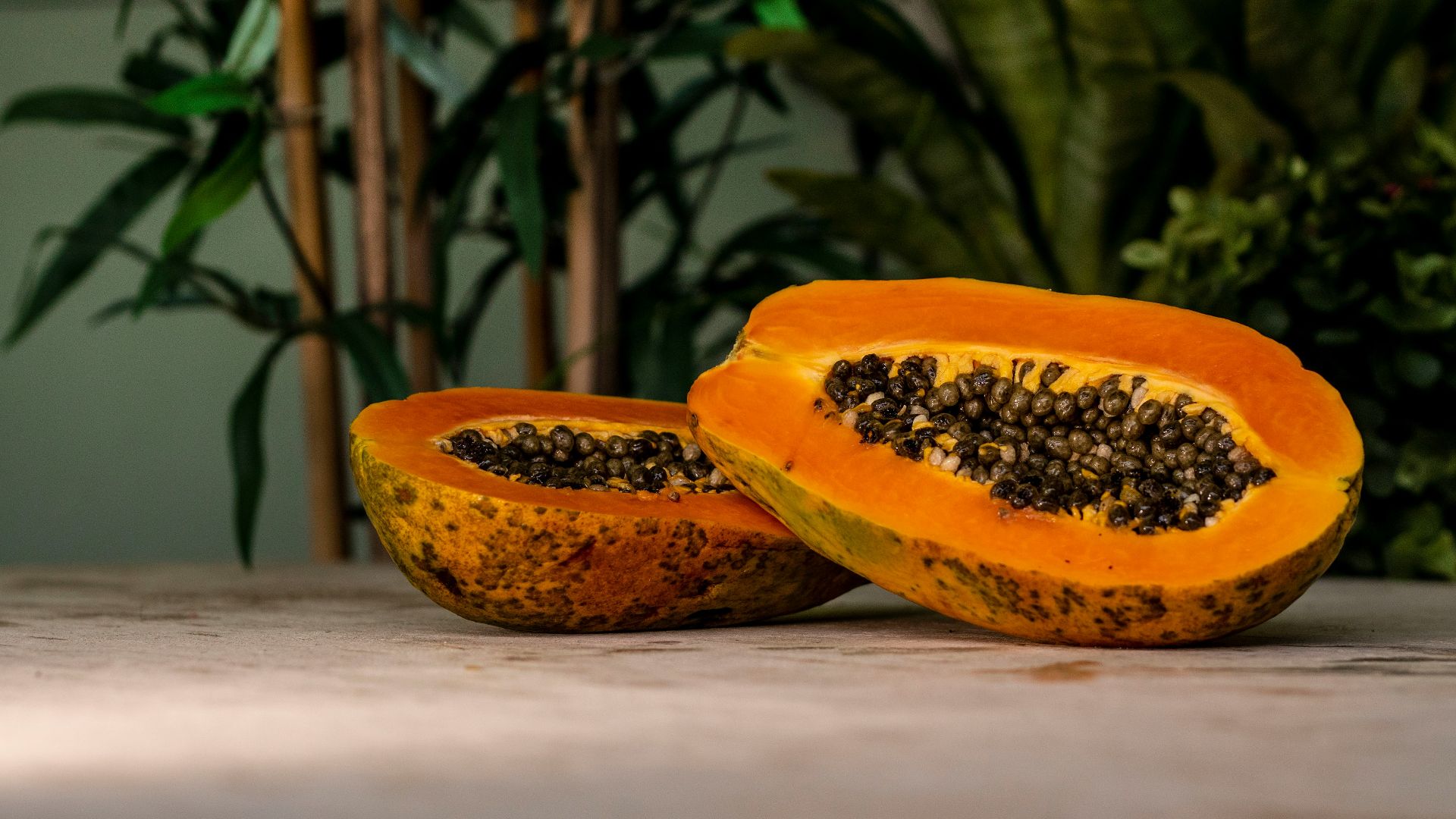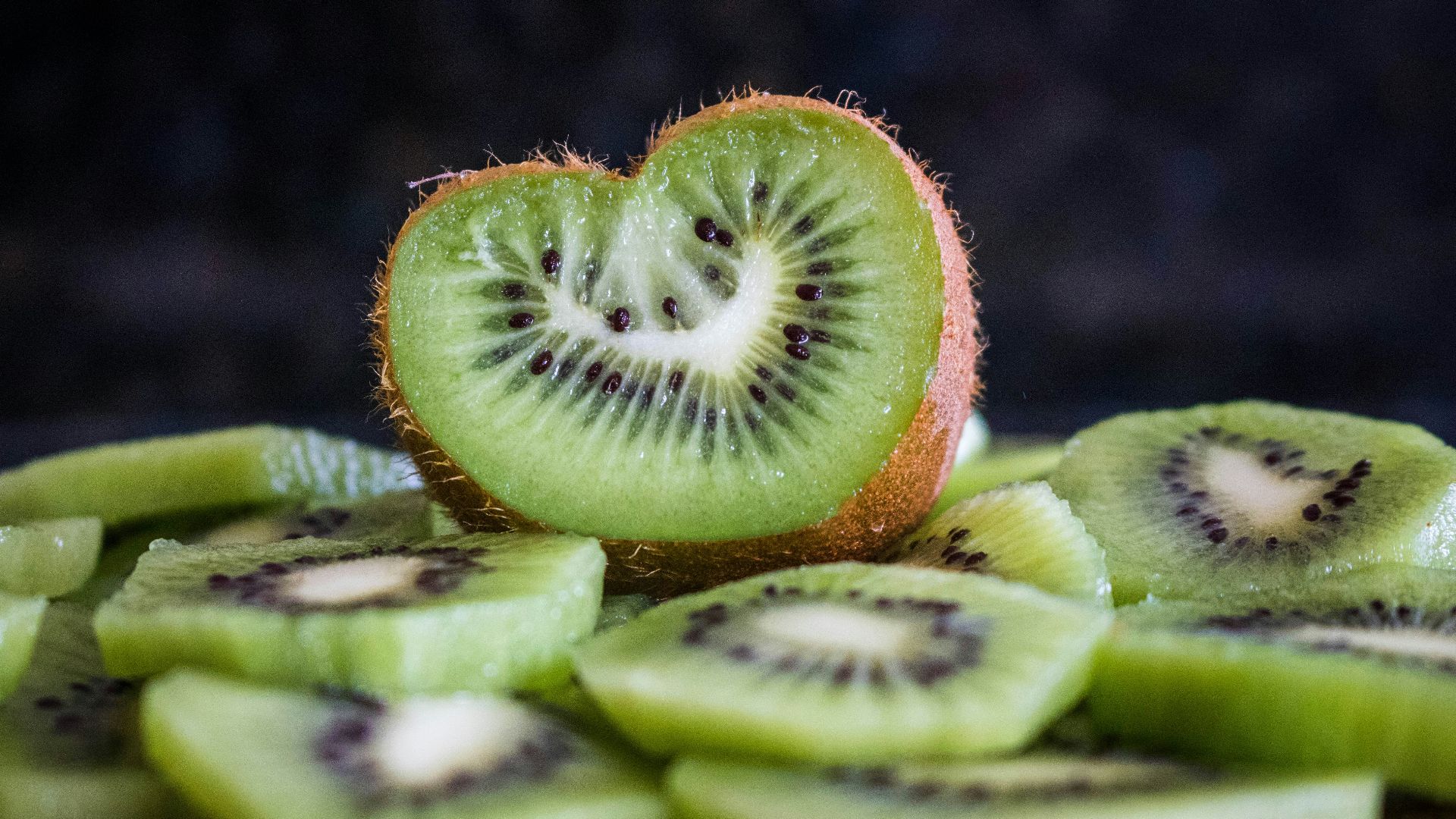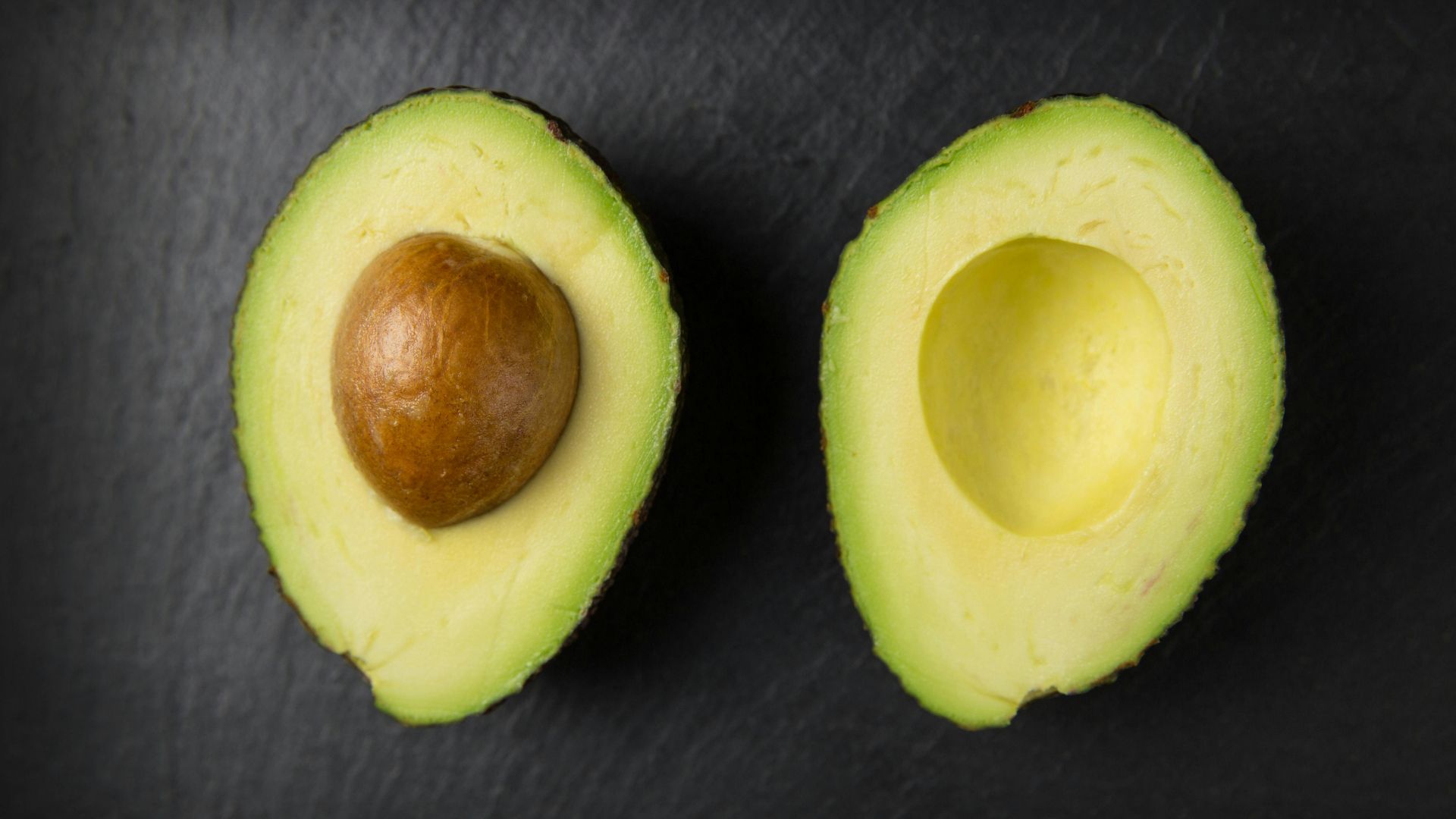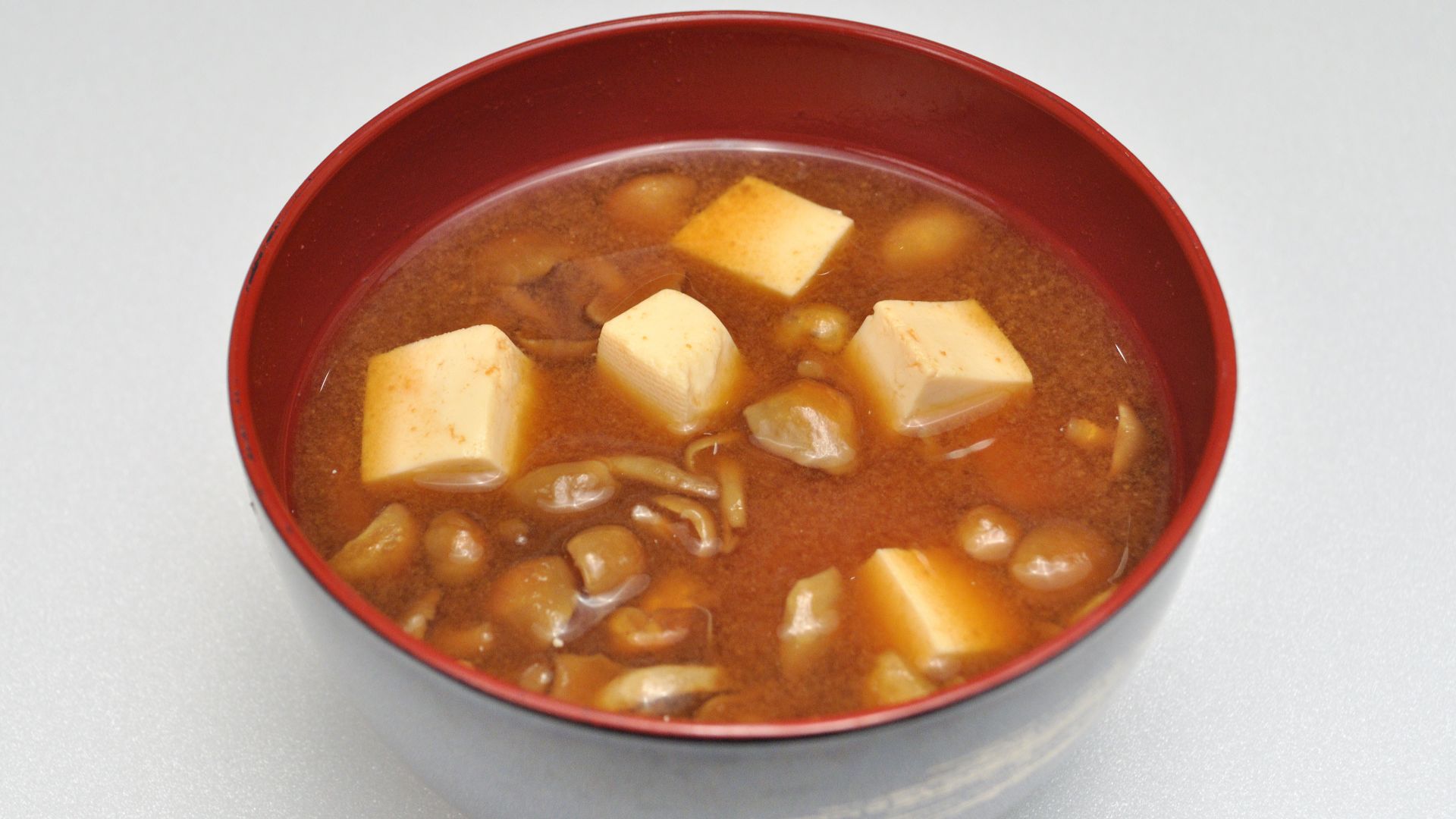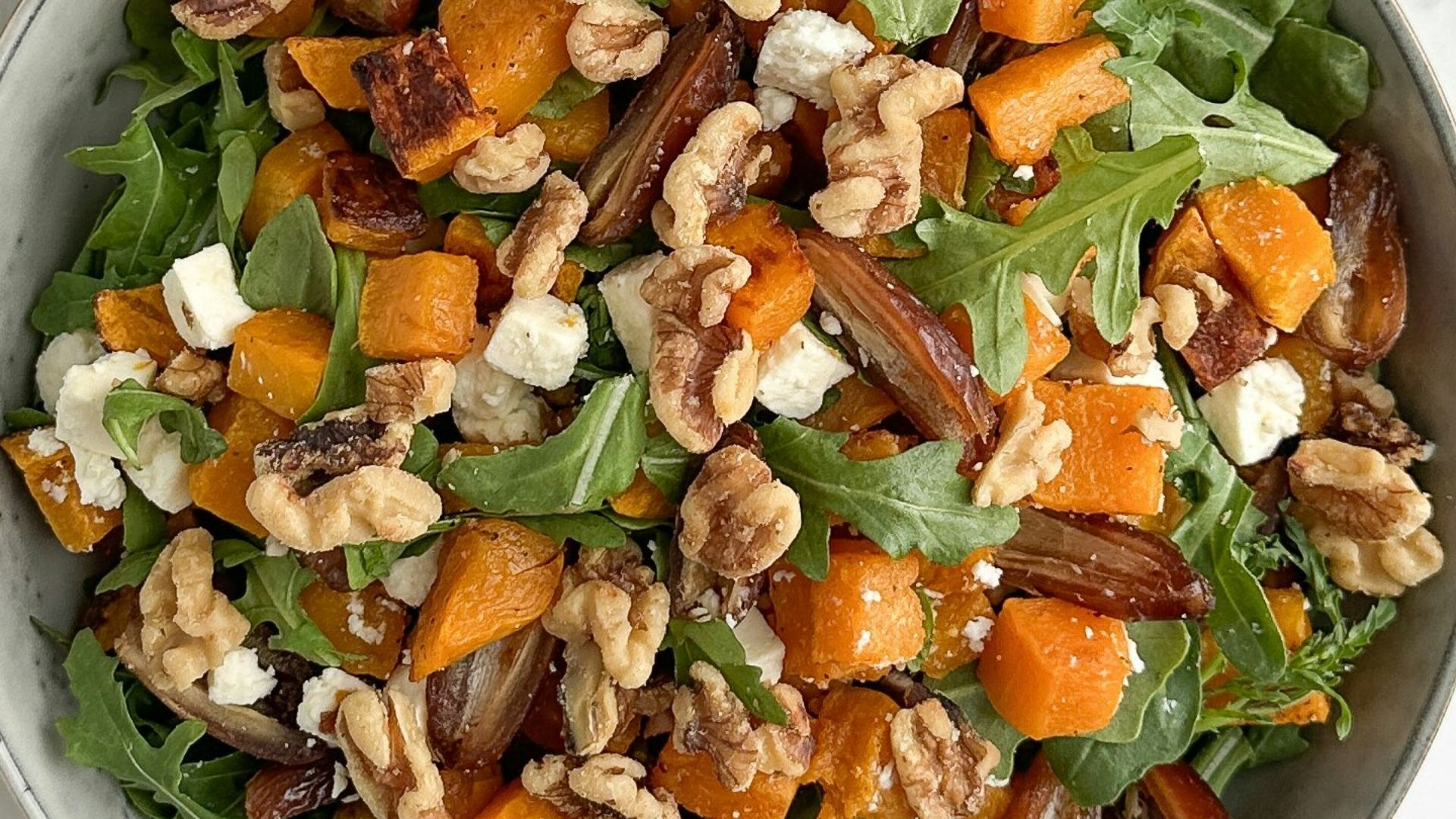10 Foods With Digestive Enzymes & 10 Reasons They Are Important
Digestive Enzymes 101
What we eat does far more than satisfy hunger—it also shapes how well our bodies function each day. Hidden within certain foods are natural helpers called digestive enzymes. They work quietly to ease the process of turning meals into energy and strength. Without them, even wholesome foods may pass through without delivering their full benefits. In the sections ahead, you’ll find specific foods with digestive enzymes and why these enzymes matter. Let’s start with the foods.
1. Pineapple
Bromelain in pineapple works like nature’s tenderizer, breaking protein into smaller pieces that the stomach can handle. For centuries, it’s been used to soften tough meats. Its fresh juice keeps enzymes alive, and that tingling on your tongue when you eat it is bromelain in action.
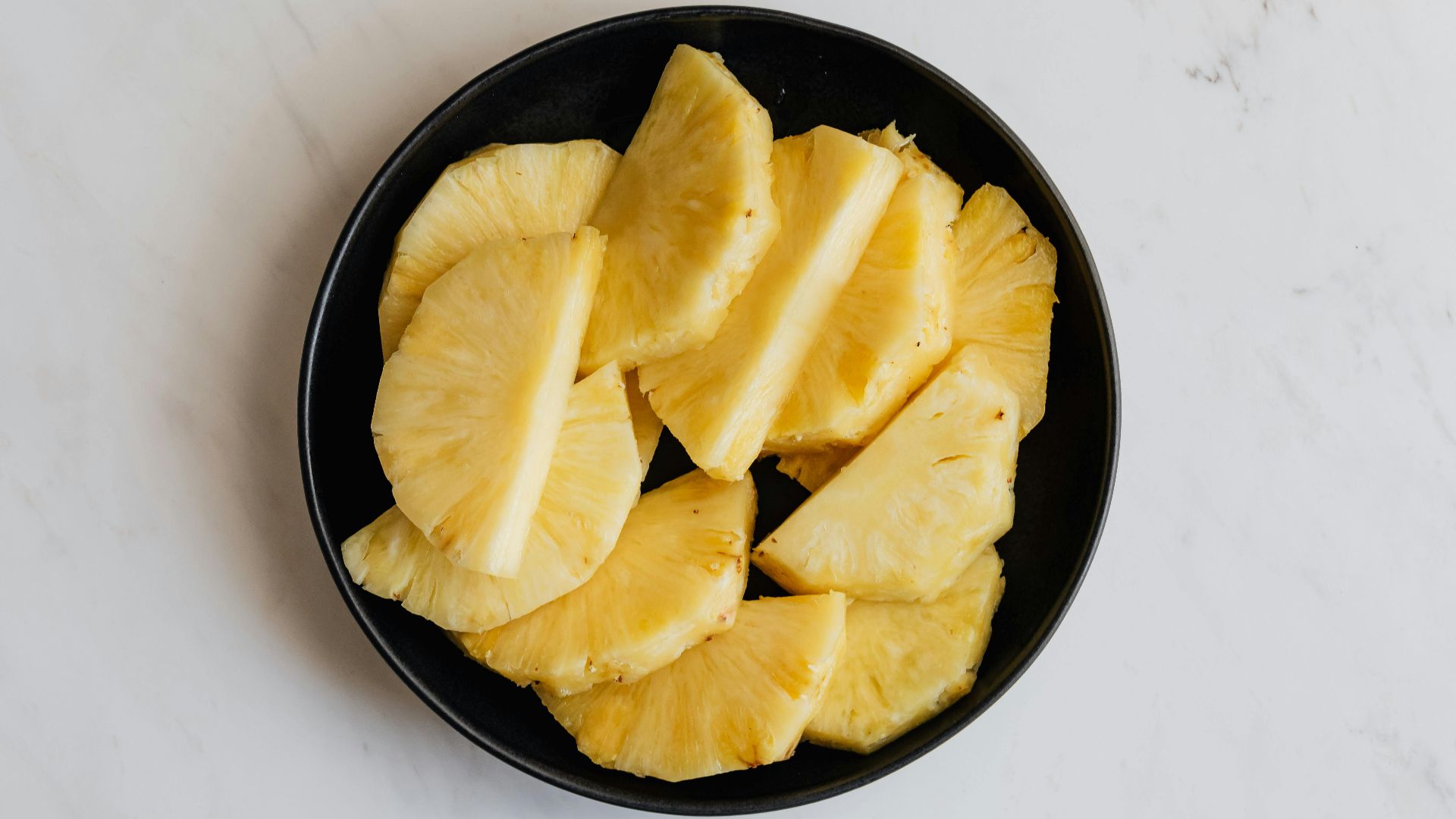 Photo By: Kaboompics.com on Pexels
Photo By: Kaboompics.com on Pexels
2. Papaya
In papaya, papain takes the spotlight and turns protein into amino acids that the body quickly uses. Heavy meals feel lighter with its help, and raw papaya doubles as a natural meat tenderizer. Even the peppery seeds offer digestive support, with the unripe fruit richer in papain.
3. Kiwi
Bright and tart, kiwi hides a digestive secret—actinidin, an enzyme that speeds protein breakdown in meats, fish, and dairy. A steak marinated in kiwi avoids chewiness, while golden varieties deliver sweetness. Don’t overlook those tiny black seeds; they boost digestion with fiber.
4. Mango
The magic of mango lies in its ripening. As enzymes like amylase transform starch into simple sugars, sweetness grows and the flesh softens into juicy perfection. Celebrated as India’s “king of fruits,” mango combines flavor and digestion support in every bite.
5. Bananas
When bananas shift from green to speckled, it’s the enzymes at work. Amylase and maltase transform starch into quick sugars, fueling the body almost instantly. Those brown spots mark peak ripening activity. Bananas also feed gut-friendly bacteria with their natural prebiotic fibers.
6. Avocado
Unlike most fruits, avocado is naturally rich in healthy fats rather than sugars, and lipase enzymes make these fats easier to digest and use. Lipase continues functioning after avocado is picked. Once called “alligator pears,” their bumpy skin hides creamy nutrition.
7. Ginger
Ginger root brings zingibain, an enzyme that breaks down proteins in meats and legumes and eases digestion. Used in Asian cooking for centuries, it also calms nausea. Its fiery kick comes from gingerol, a compound that gives both spice and warmth.
8. Sauerkraut
Through fermentation, sauerkraut develops enzymes that break down carbohydrates and proteins, which makes some foods, including cabbage, easier to digest. It also provides probiotics for gut health. Once a sailor’s staple against illness, its raw, unpasteurized form offers the strongest enzyme benefits.
9. Honey
Honey is more than sweetness—it carries amylase and invertase, enzymes bees add while processing nectar. These enzymes break starches and sugars into simpler forms that the body absorbs easily. Raw honey preserves this natural activity, while heating removes much of its enzyme power.
10. Miso
A fermented soybean paste, miso contains enzymes such as amylase and protease that improve the digestion of carbs and proteins. Enjoyed in Japanese culture for over a thousand years, miso soup often starts breakfast. White, red, or mixed miso vary in flavor and enzyme strength.
Now that you’ve seen the foods, let’s go over why digestive enzymes matter.
1. Enhance Nutrient Absorption
Nutrients are released fully only when enzymes break food into absorbable pieces. Without them, valuable vitamins and minerals pass unused. Chewing slowly helps enzymes begin their work, and certain nutrients like vitamin B12 even require special enzymes to reach the bloodstream efficiently.
2. Boost Energy Levels
When digestion runs smoothly, enzymes free up energy for daily movement instead of draining it. By quickly converting food into fuel, they prevent the tired slump after meals. Athletes often rely on enzyme support, and enzyme-rich smoothies provide caffeine-free vitality.
3. Support Healthy Weight
Weight balance is easier when enzymes help the body process food efficiently instead of storing it as fat. Proper digestion also curbs cravings, while high-enzyme fruits like pineapple encourage satisfaction. Skipping meals disrupts digestive enzyme timing, and enzyme-rich foods may improve digestion efficiency.
4. Prevent Bloating
Gas and discomfort often come from undigested food, but enzymes reduce this burden by breaking down meals smoothly. Overeating can overwhelm them, and fermented foods add extra support. Also, carbonated drinks may cause bloating regardless, even with enzymes present.
5. Strengthen Immunity
Inside the gut lives most of the body’s immune defense, and enzymes keep it strong by breaking down lingering food particles. Fermented foods like kimchi add protective compounds. With a gut supported by enzymes, immune defenses stay more resilient daily.
6. Improve Gut Balance
Gut balance thrives when enzymes steer bacteria toward the right food sources. This harmony eases digestion and discomfort, and tangy fermented foods highlight bacteria actively breaking sugars down. Cultures worldwide preserve health through enzyme-rich pickles that naturally nurture the digestive system.
7. Ease Food Intolerance
Digestive enzymes like lactase make dairy tolerable by breaking down lactose before discomfort begins. Some lactose-free foods already include added enzymes, and aged cheeses are easier to enjoy because enzymes pre-digest sugars. Even enzyme drops stirred into milk improve digestion.
8. Reduce Inflammation
Proteolytic enzymes step in to clear proteins that cause swelling, while also easing gut irritation from undigested food. Many athletes lean on enzyme-rich foods like pineapple for natural relief. Turmeric and ginger combine enzymes with compounds that calm inflammation further.
9. Speed Recovery
Healing moves faster when enzymes break down damaged tissue and speed the body’s repair process. Proper digestion delivers protein and other building blocks to muscles quickly. In tropical regions, papaya helps soothe soreness, especially when paired with lean protein meals.
10. Delay Aging Effects
Enzymes fight aging by supporting cellular repair and preventing waste buildup that accelerates decline. Cultures that eat enzyme-rich fermented foods often live longer, and poor digestion speeds wrinkles and dull skin. Pairing enzymes with water helps skin stay hydrated and glowing naturally.
KEEP ON READING

The Most Popular Chocolate Bars in the USA

Heal Your Gut: Prebiotics Vs Probiotics




